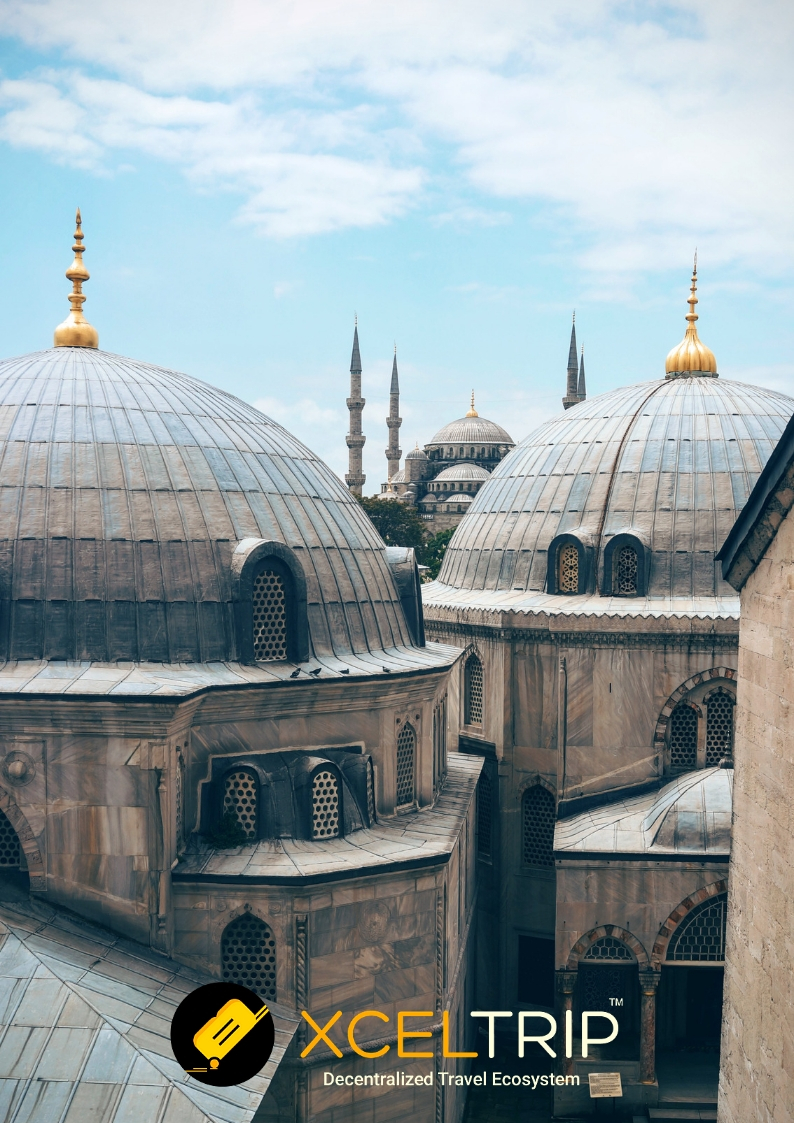Granada Cathedral or Seville Cathedral? XcelTrip gives you an advise - visit both!
The Cathedral in Seville is one of those places that you shouldn’t miss if you came to this city. There are many reasons for this: it is the largest Gothic cathedral in the world which was built as Catholic cathedral on the basis of a Muslim mosque, an object from the UNESCO World Heritage List, and the burial place of Christopher Columbus also very beautiful and unusually fancy building, and much more.

The first building on this site, the mosque, was laid in the middle of the 12th century, during Moorish rule in Spain. The next century, the power returned to the Spaniards, the mosque was closed and turned into a Christian church. About 150 years the building was used without changes, but in 1401 it was decided to completely rebuild it, so part of the mosque was demolished, the building was given the desired shape and the interior was changed. Work lasted about 100 years. After this, the cathedral was repeatedly supplemented with side chapels and chapels, it collapsed several times from earthquakes, and each time the design was done in a new style - that was popular at that time.
Seville Cathedral is one of the famous Roman Catholic cathedrals in Spain. Built on the site of the 12th-century Almohad Great Mosque, the Cathedral of Seville was built to demonstrate the strength and wealth of the city. The construction of the cathedral lasted for more than a century, from 1401 to 1506. It is said that when the plans were made, the church elders said: “Let's build a church so beautiful and so magnificent that those who see it finished will think that we are crazy ".
After its completion, the Seville Cathedral replaced Hagia Sophia as the largest cathedral in the world, a name that the Byzantine church held for almost a thousand years. The total area of the cathedral is 11,520 square meters (124,000 square feet). The building is 135 meters (443 feet) long and 100 meters (328 feet) wide, and the ceiling height is 42 meters (138 feet). Seville Cathedral is the third largest church in the world, as well as the largest Gothic church. It is also the largest cathedral in the world, because the two largest churches, the Basilica of the National Temple of Our Lady of Apareki
Granada houses the Monument of Culture of World Importance, it is its Cathedral (Catedral de Granada), one of the most significant architectural symbols of the city of Granada and the whole country. At the end of the 15th century, namely in 1492, the Moors who occupied the city and the country were finally expelled from Granada. The construction of the Cathedral symbolized this liberation from foreign domination. The construction of the cathedral lasted not much less than two hundred years, and was completed only in 1703.
In the second decade of construction, from 1505 to 1506, the architect Enrique de Egas attached to the cathedral the Royal Chapel, the famous architectural polyhedron. Here lies King Ferdinand with Queen Isabella, and their sculptures are located at the entrance to the tomb. Monumentality of the Cathedral amazes the views of the public. Its magnificent Renaissance façade does not have unity with the Royal Chapel, in spite of their physical junction, since the tomb is designed in the style of strict and delicate late Gothic style. The Cathedral is considered to be the first Renaissance church in Spain.
The Cathedral of Granada, the full name (isp.La Santa Iglesia Catedral Metropolitana de la Encarnación de Granada), has not only an important architectural, but also historical significance. Reconquista in Spain ended in 1492 precisely in Granada - the heart of the Muslim empire in Spain and the last stronghold of the defense of the Moors in Andalusia. Thus, the city became a symbol of Reconquista, and the pomegranate as a symbol of the city of Granada became a popular element of Spanish architecture, beginning with Isabella’s reign.
From that moment on, the construction of the Cathedral of Granada was a foregone conclusion. For the Catholic monarchs, it became a matter of principle to erect a structure in Granada that would symbolize the triumph of Christianity over Islam and personify the beginning of a new era. A similar architectural structure was supposed to be the Cathedral of Granada. The order for its construction was issued by Isabella of Castile, but its construction began only in 1523 under Charles V. Like in many other cities, the very heart of the Muslim quarter, its mosque, was chosen as the place for the new Christian shrine. The mosque was destroyed, and its foundation served as the basis for the construction of the main temple of the city. The original construction plan was designed by architect Enrique Egas, and was planned in the Gothic style.
XcelTrip gives you an advise - visit both Cathedrals.
Tags:
Login to your account.




